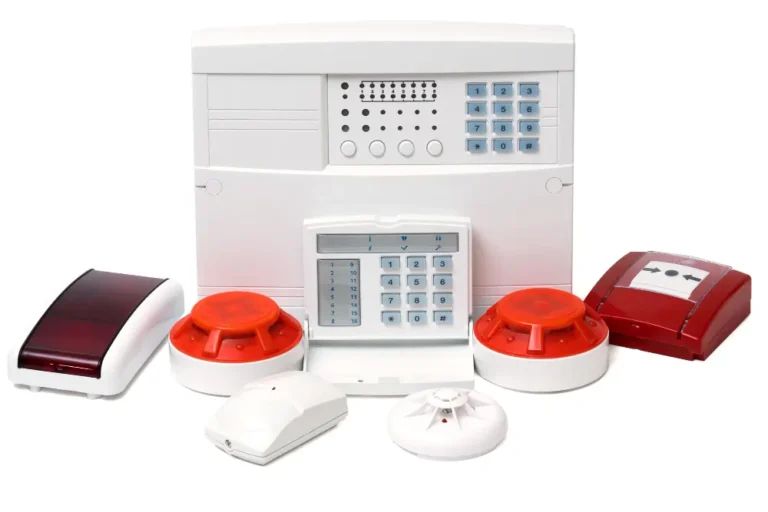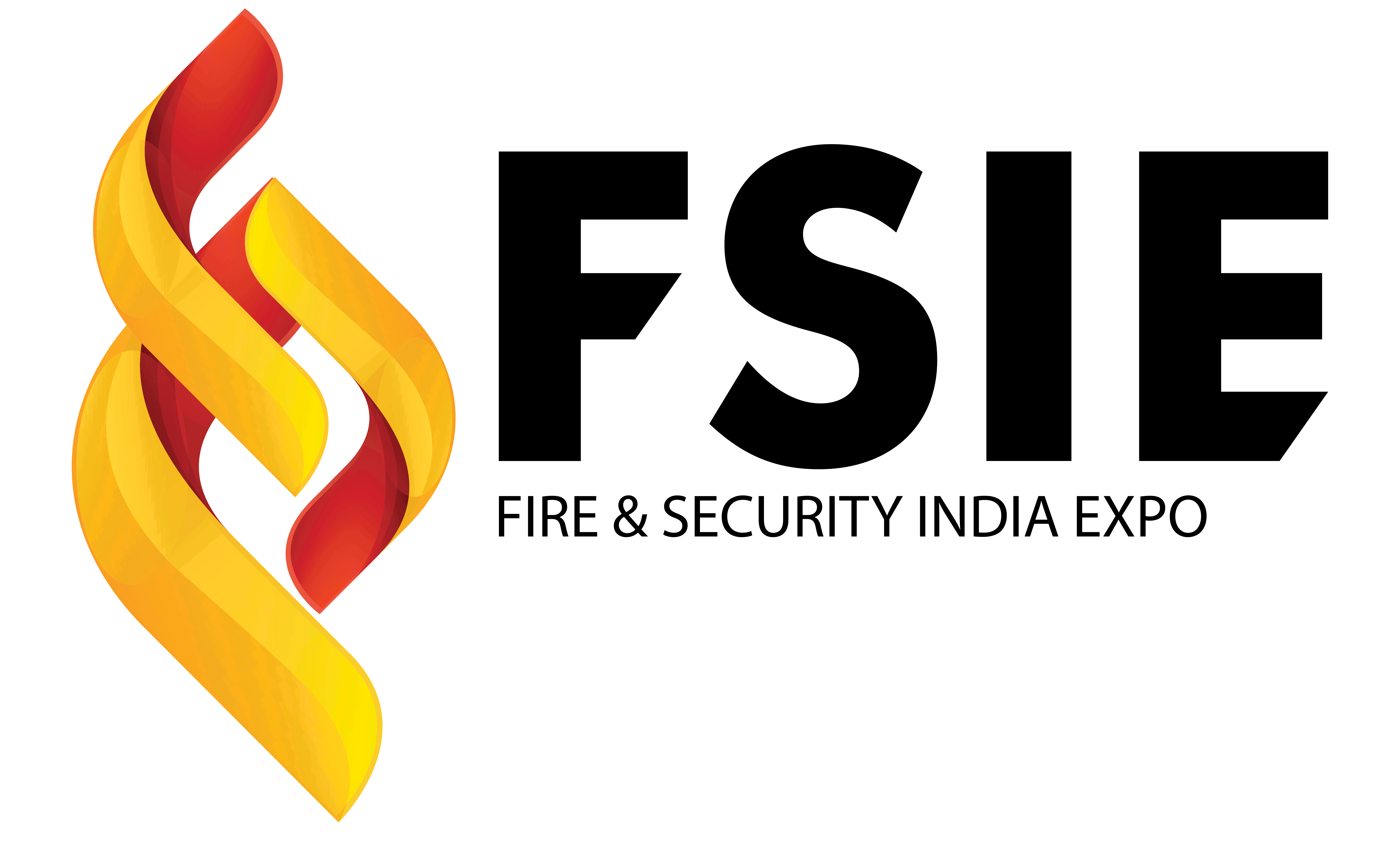Easy Upgrades to Improve Fire Safety in Your Building
Fire safety is a top priority for any building owner, facility manager, or tenant. Whether you manage a commercial complex, residential apartment, industrial unit, or educational institution, ensuring the safety of occupants from fire hazards is not only a legal obligation but a moral responsibility. Fortunately, there are several easy upgrades to improve fire safety in your building that can be implemented without large-scale renovations.
With rising awareness and increasing regulations, many property owners are searching for cost-effective ways to enhance building fire protection systems. This guide covers practical fire safety upgrades, trending technologies, and long-term fire protection strategies that align with real-world search intent, SEO best practices, and user-friendly readability.
Why Upgrading Fire Safety Matters Today
Every year, thousands of fires result in injury, death, and property damage across India and worldwide. The good news is that most fire incidents are preventable with timely inspections, basic upgrades, and awareness. Here’s why timely fire safety improvements matter:
- Reduces fire risk and response time
- Improves compliance with fire safety laws
- Lowers insurance premiums
- Enhances property value and tenant trust
1. Install Smart Fire Alarm Systems
One of the easiest and most effective upgrades is installing a smart fire alarm system. Unlike traditional alarms, these systems offer real-time alerts, remote monitoring, and integration with other emergency response tools.
Why it’s essential:
- Alerts authorities instantly
- Can be connected to smartphones and security panels
- Detects smoke, heat, or gas leaks simultaneously

2. Upgrade Fire Extinguishers to Multi-Purpose Units
Fire extinguishers are often the first line of defense. Many older buildings still use outdated models that may not be suitable for all fire types. Replace them with ABC-rated multipurpose fire extinguishers that work on electrical, combustible, and flammable liquid fires.
Suggested upgrades:
- Use wall-mounted and clearly labeled extinguishers
- Train staff or residents on proper usage
- Perform regular inspections as per IS code
3. Implement Fire-Resistant Materials
- Fire-rated gypsum boards
- Intumescent paints
- Steel doors with 60-120 minute fire ratings
4. Add Emergency Exit Lighting and Signage
- Exit signs with backup batteries
- Luminescent stair nosing
- Floor path lighting in large spaces
5. Automate Fire Suppression Systems
Automated fire suppression systems are no longer limited to high-end buildings. They are becoming more accessible and essential for all modern properties. These include:
- Sprinkler systems for commercial kitchens and warehouses
- Gas-based suppression systems for server rooms and data centers
- Foam-based systems for chemical or oil-based environments
6. Install Smoke and Heat Detectors in Every Room
Many buildings still rely on a few smoke alarms in central areas. That’s not enough. Install smoke and heat detectors in every room, especially kitchens, storage units, basements, and server rooms.
Smart tip:
Choose interconnected detectors that trigger together when one senses smoke.
7. Use Fire Curtains and Compartmentation Techniques
Fire curtains are automatic or manual fabric barriers that prevent fire and smoke from spreading. These are great for open-plan buildings, malls, or hotels. You can also adopt compartmentation strategies by using fireproof partitions to contain fire in one section.
8. Install Fire Suppression Systems Where Needed
Modern building automation systems (BAS) now include fire detection and suppression controls. They can:
- Trigger HVAC shutdown to prevent smoke spread
- Automatically unlock doors or windows for evacuation
- Alert emergency responders instantly
9. Conduct Regular Fire Drills and Staff Training
Technology is useful, but human response plays a key role in fire safety. Schedule quarterly fire drills and train all staff or occupants on evacuation plans, extinguisher use, and emergency communication.
Include:
- Floor-wise evacuation plans
- Designated safety officers
- Visitor safety briefings in large buildings
10. Upgrade Electrical Wiring and Circuit Breakers
A large number of fires in India are caused by short circuits and overloaded electrical systems. If your building is over 10 years old, consider:
- Replacing worn-out wiring
- Using surge protectors
- Installing modern circuit breakers with arc fault detection
Bonus Tip: Use IoT-Based Fire Monitoring Systems
Internet of Things (IoT) devices can detect and report anomalies faster than humans. Many new systems can send alerts about overheating wires, toxic gas levels, or faulty alarms.
Final Thoughts
Improving fire safety doesn’t always require major renovations or large investments. With simple upgrades—like better alarms, extinguishers, signage, and smart tech—you can dramatically boost your building’s safety level.
When planning your upgrades, prioritize:
- Compliance with local fire norms (NBC India, IS codes)
- Ease of maintenance
- Scalability for future needs
Frequently Asked Questions (FAQs)
